Using the motion of sound waves through a superfluid liquid, scientists can model the Universe’s evolution on a reasonable time scale.
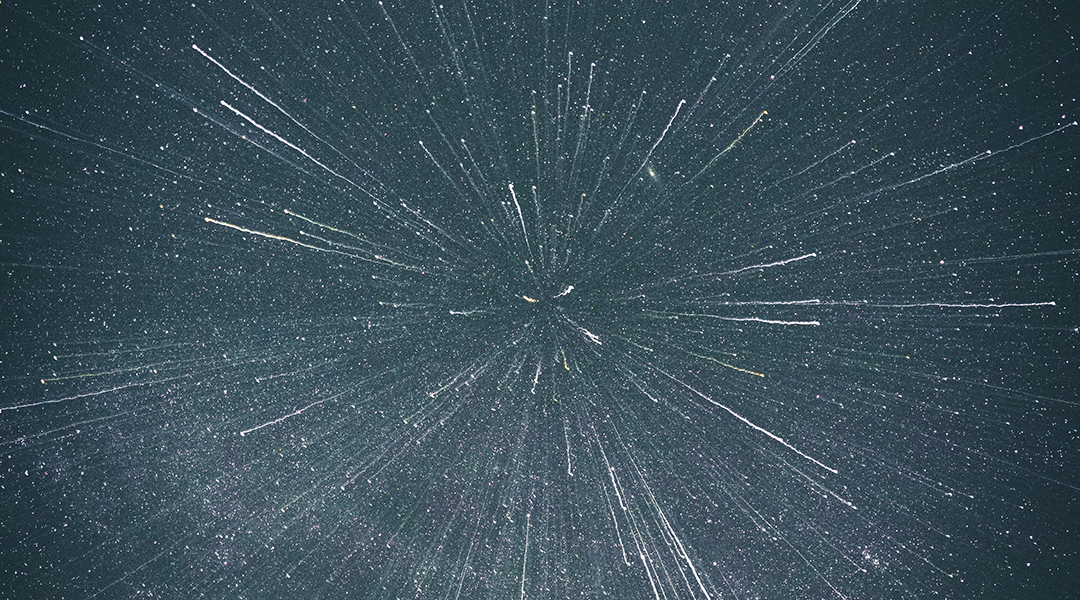

Using the motion of sound waves through a superfluid liquid, scientists can model the Universe’s evolution on a reasonable time scale.
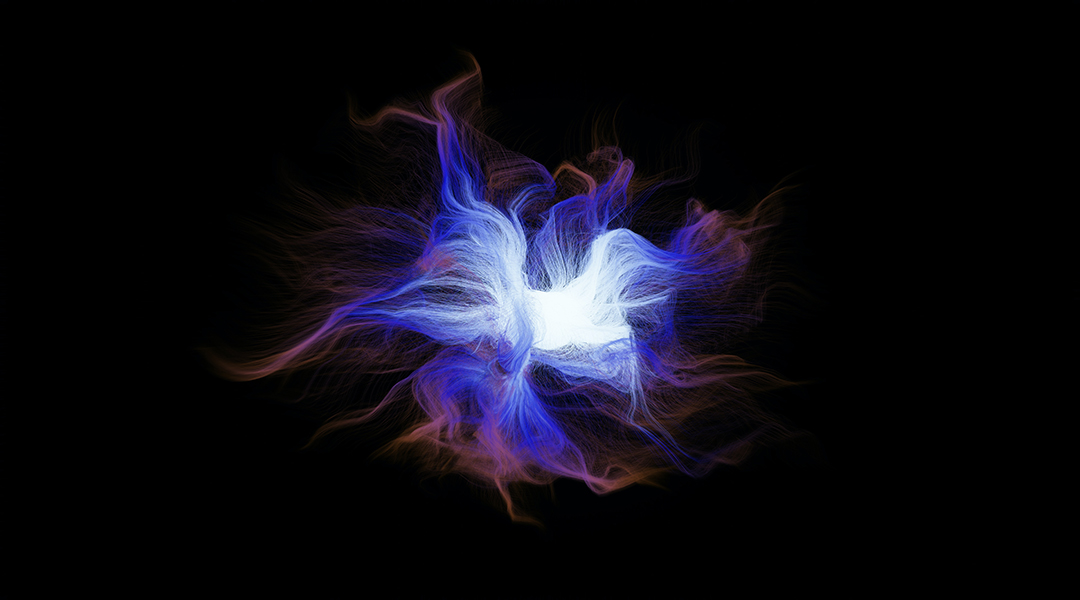
Scientists put chiral perturbation theory to the test with a set of new experiments that have helped define fundamental properties of protons.
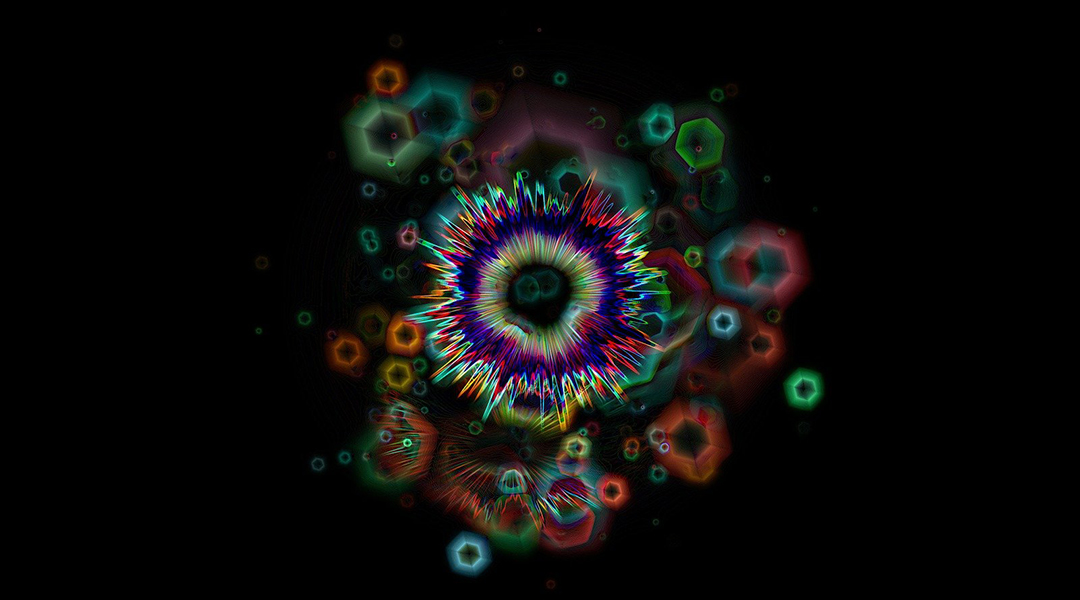
Quantum gravity seeks to describe gravity according to the principles of quantum mechanics, but can it be done?
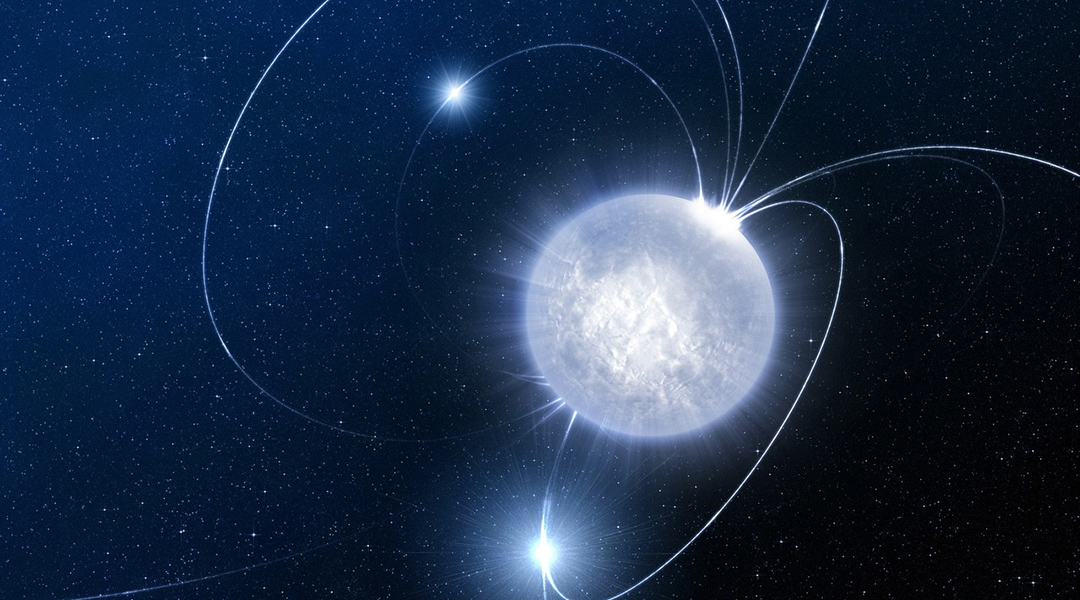
More confirmation needed to see if recently discovered object is a quark star.
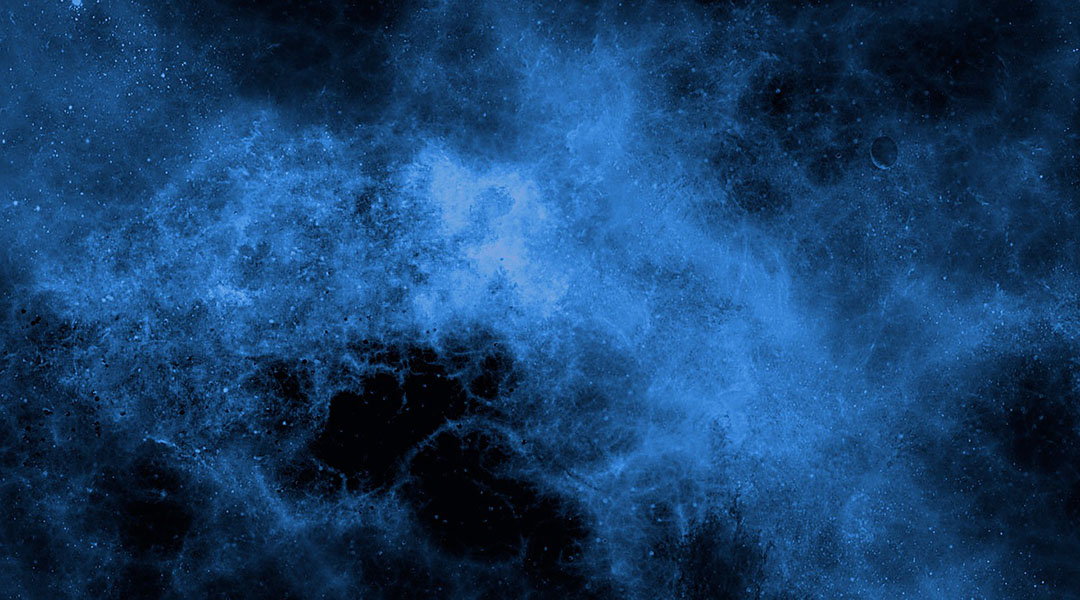
Researchers at the Southern University of Science and Technology in China ask if gravitons can be promising candidates for dark matter components.
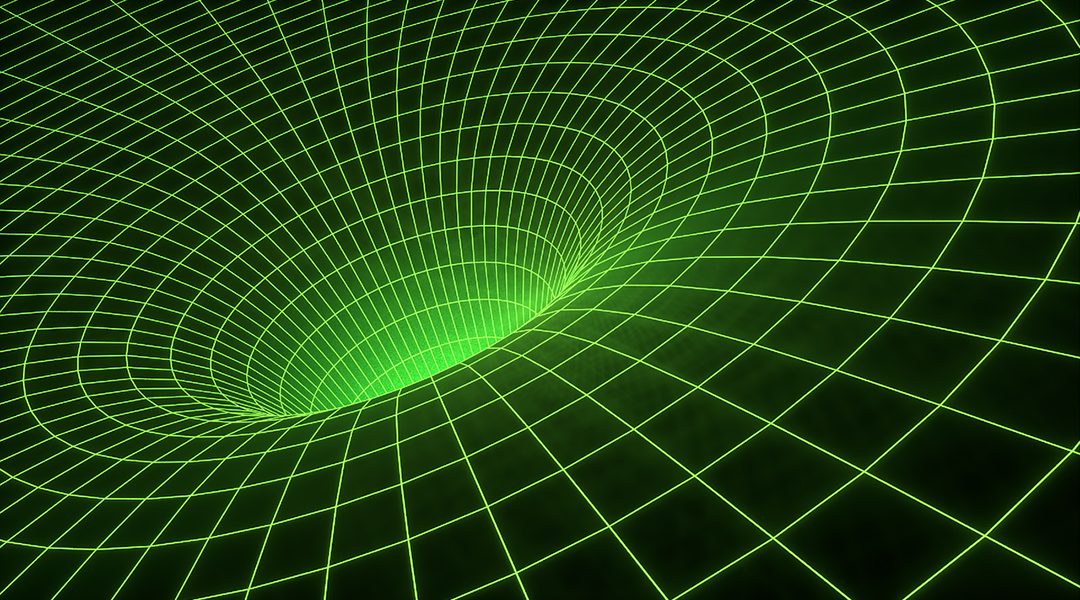
To address unknown quantum gravitational effects in the early universe, physicists have recruited string theory to help solve the problem.
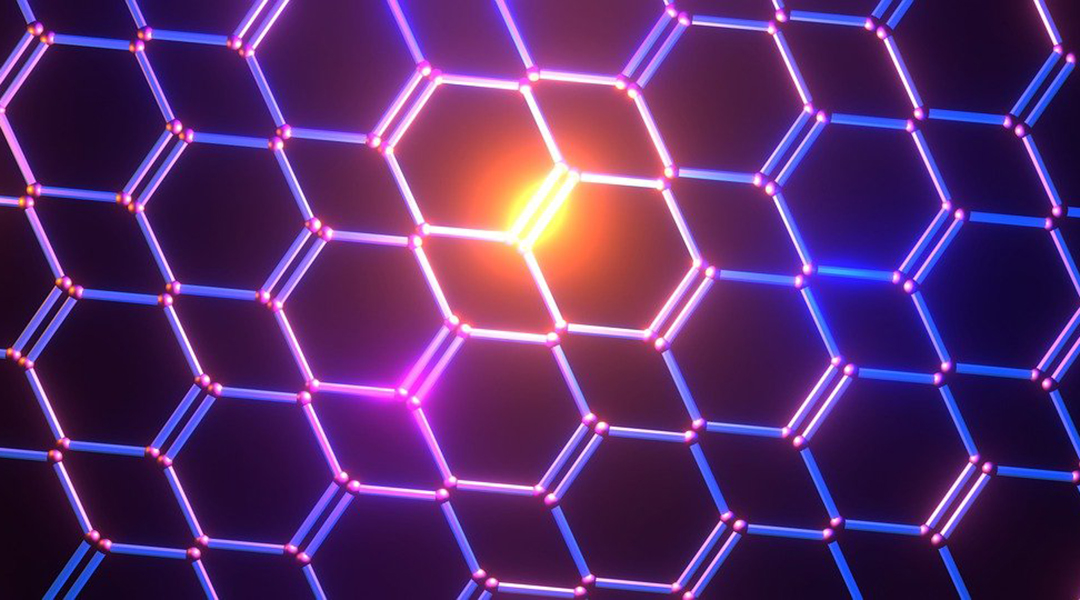
Using bilayered graphene, physicists explore the possibility that our reality is only one half of a pair of interacting worlds.
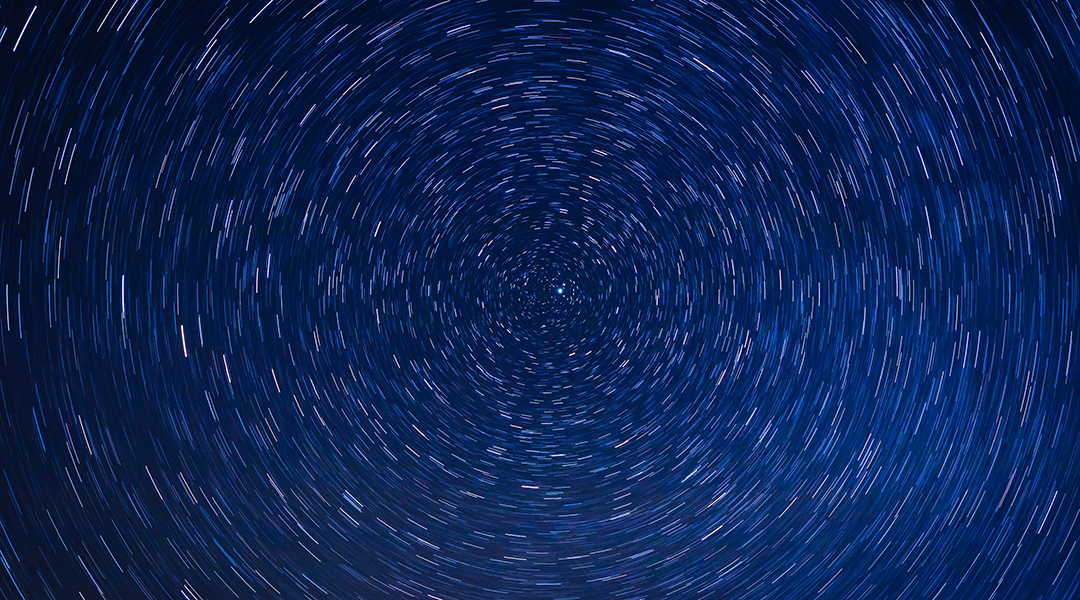
The impact of virtual particles on accelerating objects in a vacuum has never been observed, and a new thought experiment aims to rectify this.
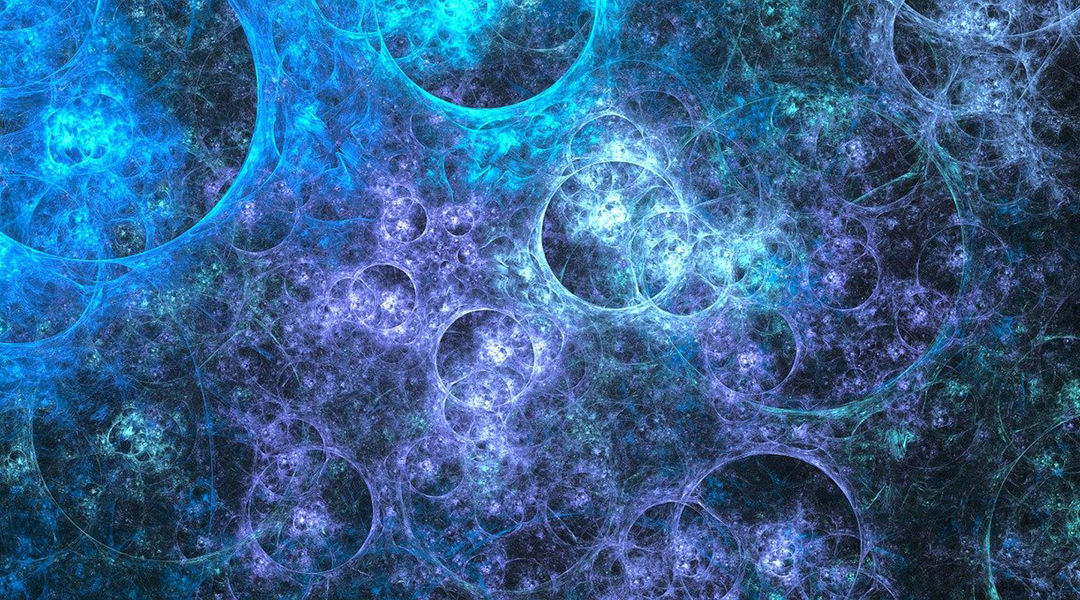
Gravitational waves produced by the phase transitions of matter right after the Big Bang could provide new insights into particle physics.

Researchers have discovered how to create and manipulate a quantum object called a “domain wall”, which exhibits particle-like properties.